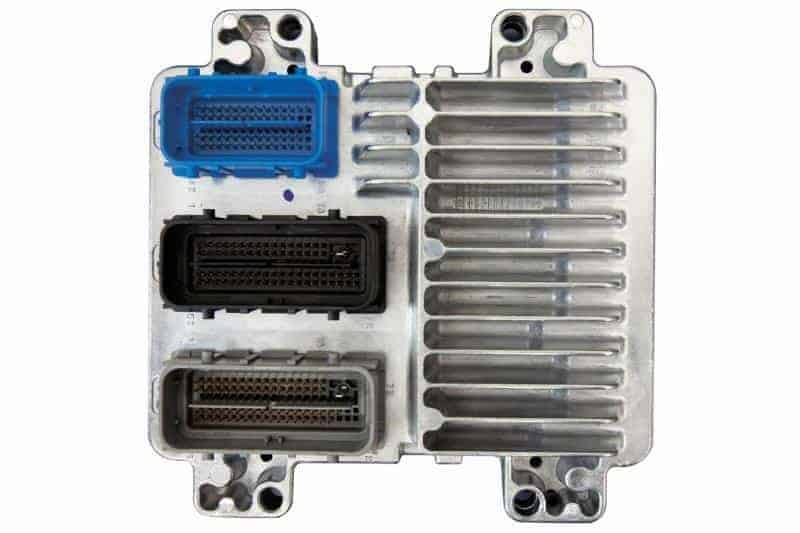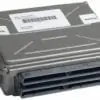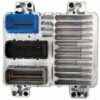Is your 2005 Cadillac DeVille suffering from perplexing issues like stalling, rough idling, poor fuel economy, or a persistent check engine light? These are classic signs of a failing Engine Control Module (ECM), the electronic brain of your vehicle’s engine. A faulty ECM can disrupt everything from fuel injection timing to transmission shifting, leading to a frustrating and unreliable driving experience. This replacement ECM, part number 12602044, is the definitive solution to restore your DeVille’s smooth performance and reliability.
Unlike other modules that require an expensive trip to the dealership for programming, this unit is delivered to you ready for installation. We handle the critical programming process in-house before shipping. Simply provide us with your vehicle’s VIN (Vehicle Identification Number) after purchase, and our technicians will flash the module with the latest, most stable software updates directly from GM. This ensures perfect communication with your DeVille’s existing systems and components, making the installation process as simple as swapping the part.
From the Diagnostic Bay
We had a 2005 DeVille come into the shop with a laundry list of complaints from the owner: intermittent stalling at red lights, a check engine light that three different mechanics couldn’t solve, and sluggish acceleration. They had already replaced the MAF sensor and two oxygen sensors based on trouble codes, but the problems persisted. After running a full diagnostic, we found that the ECM’s internal voltage regulator was failing, causing erratic signals to be sent to the sensors. Installing a VIN-programmed ECM like this one solved every single issue instantly. It’s a powerful reminder that sometimes the root cause is the computer itself, not just the parts it controls.
Diagnosing Your 2005 DeVille ECM Failure
A failing engine computer can manifest in numerous ways, often mimicking other component failures. If you’re experiencing several of the following symptoms, your ECM is the likely culprit. This module is the direct solution for these common issues.
- ✔ Persistent and illuminated Check Engine Light (CEL)
- ✔ Engine stalling or shutting off unexpectedly
- ✔ Rough or erratic engine idle
- ✔ Noticeable decrease in fuel efficiency
- ✔ Hesitation or stumbling during acceleration
- ✔ Difficulty or failure to start the engine
- ✔ Transmission shifting problems or harsh shifts
- ✔ Communication errors with diagnostic scan tools
This ECM is a direct replacement for a wide range of GM vehicles and is interchangeable with several service numbers, including 12590032, 12603530, 12605843, 12607096, 12630457, and 19210737. By ordering this pre-programmed module, you are getting a reliable, vehicle-specific part that eliminates guesswork and additional costs, getting your Cadillac back on the road quickly and correctly.
Frequently Asked Questions
Do I need to program this ECM after I receive it?
No. We program the module to your vehicle’s specific VIN before we ship it to you. It arrives ready for installation, saving you a trip to the dealership.
Where is the ECM located on my 2005 Cadillac DeVille?
On the 2005 DeVille, the Engine Control Module is typically located in the engine compartment on the driver’s side (LH side), often near or under the air cleaner assembly.
What is a VIN and why do you need it?
The VIN is your vehicle’s unique 17-digit identification number. We use it to load the exact factory software and calibrations for your specific car, including its engine, transmission, and options. This ensures perfect compatibility.
Will this fix my check engine light?
If the check engine light is caused by a faulty ECM, then yes, this part will resolve the issue. It’s crucial to ensure the ECM is the true source of the problem, as this module will not fix issues caused by other faulty sensors or mechanical parts.
Is this a simple plug-and-play installation?
Yes, because the unit comes pre-programmed to your VIN, the physical installation is straightforward. You will need to disconnect the battery, remove the old module, install the new one, and reconnect the battery. A security relearn procedure may be required, which can typically be done without special tools.


